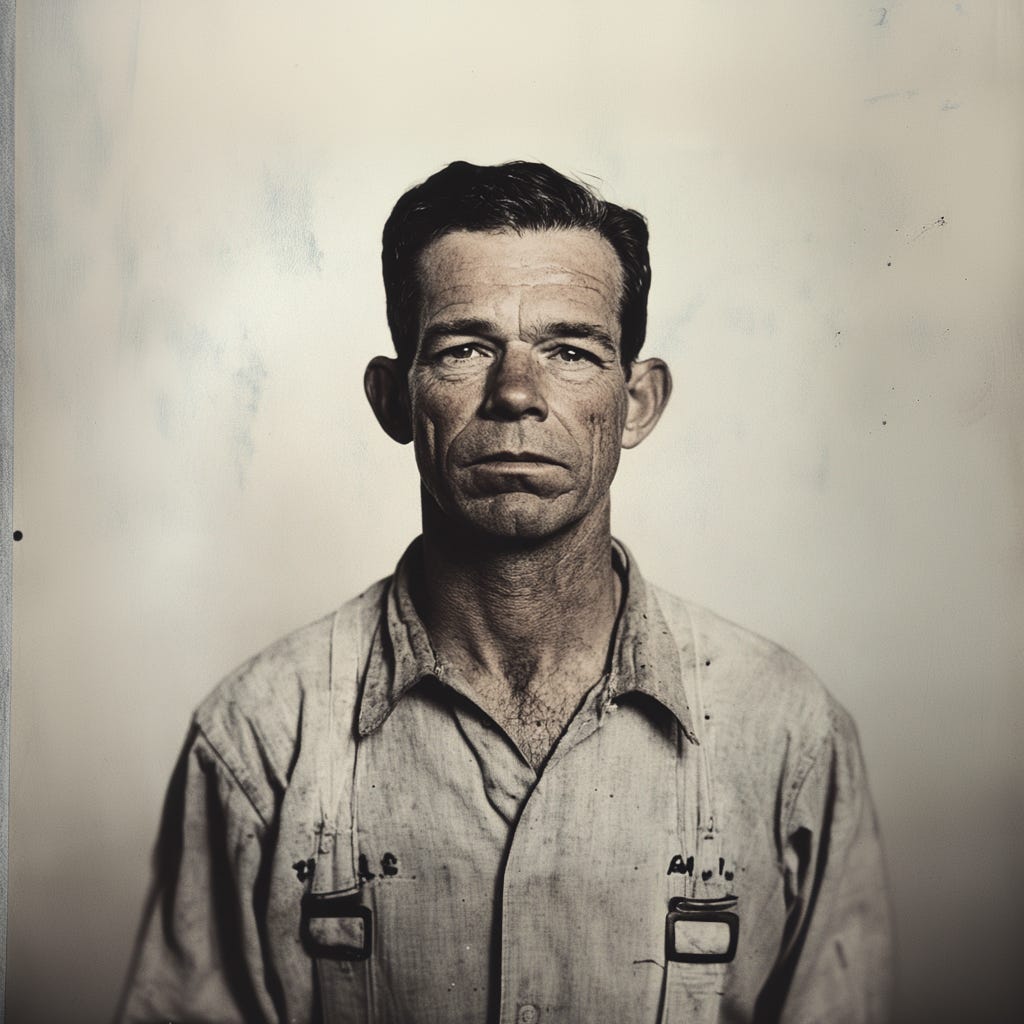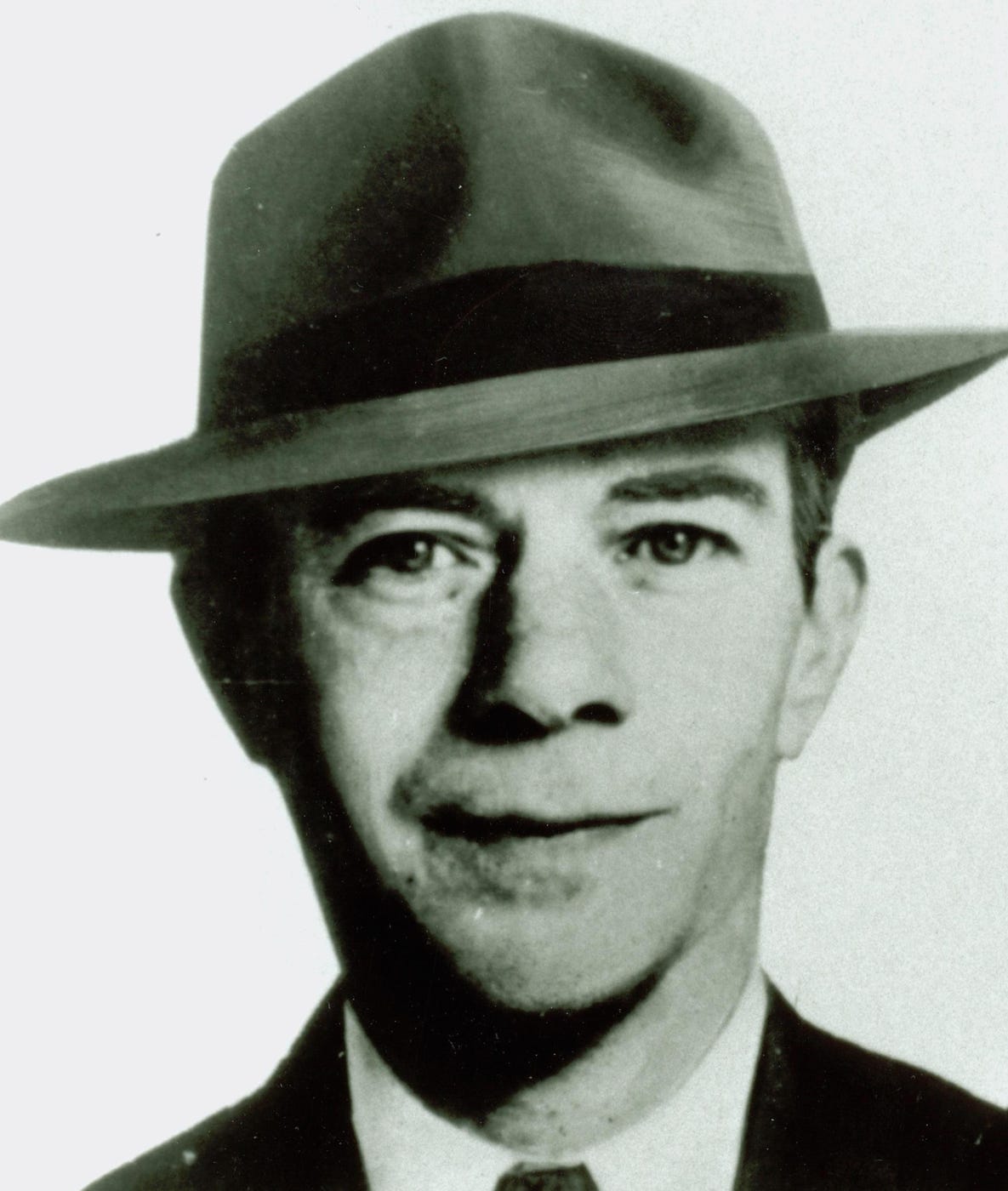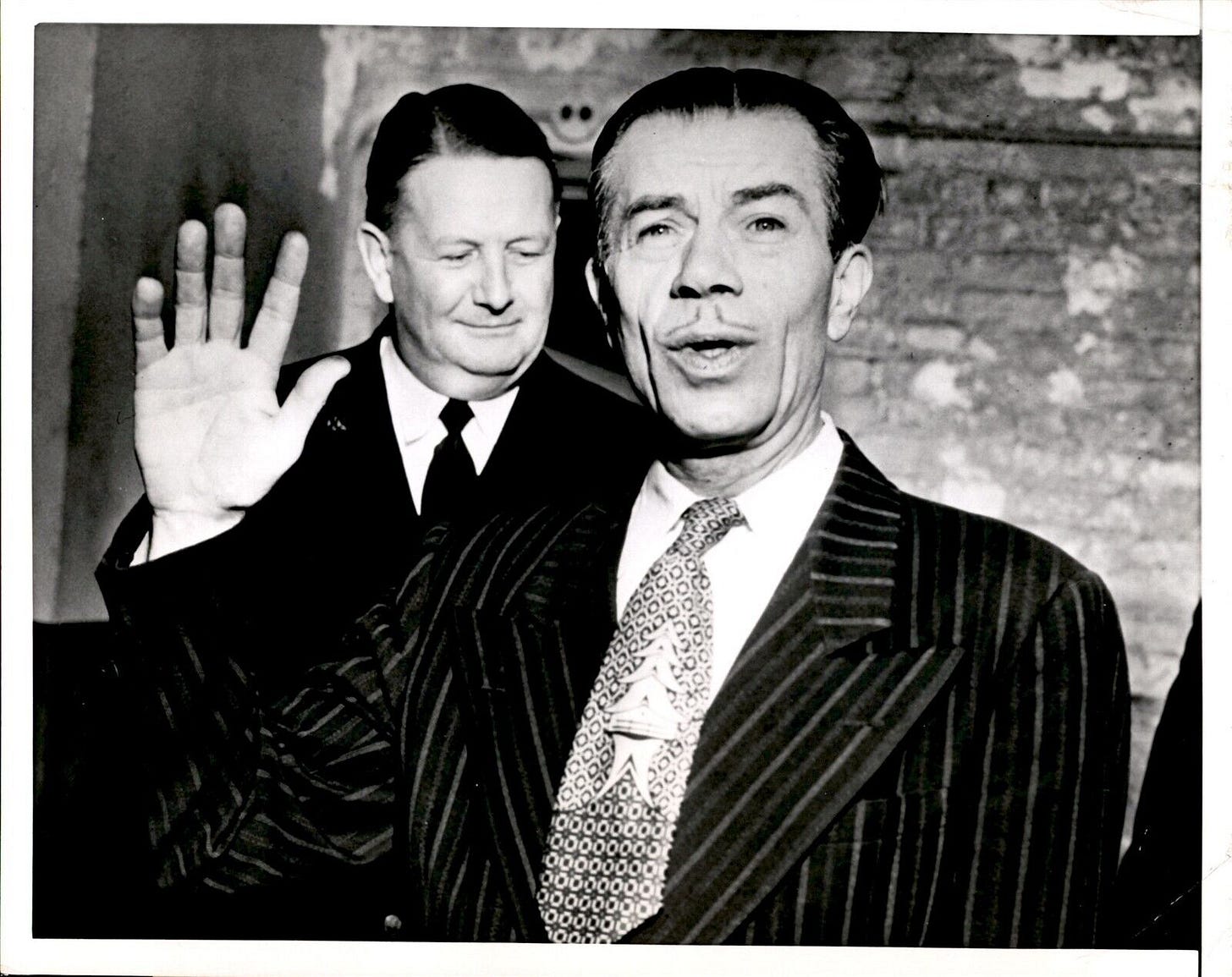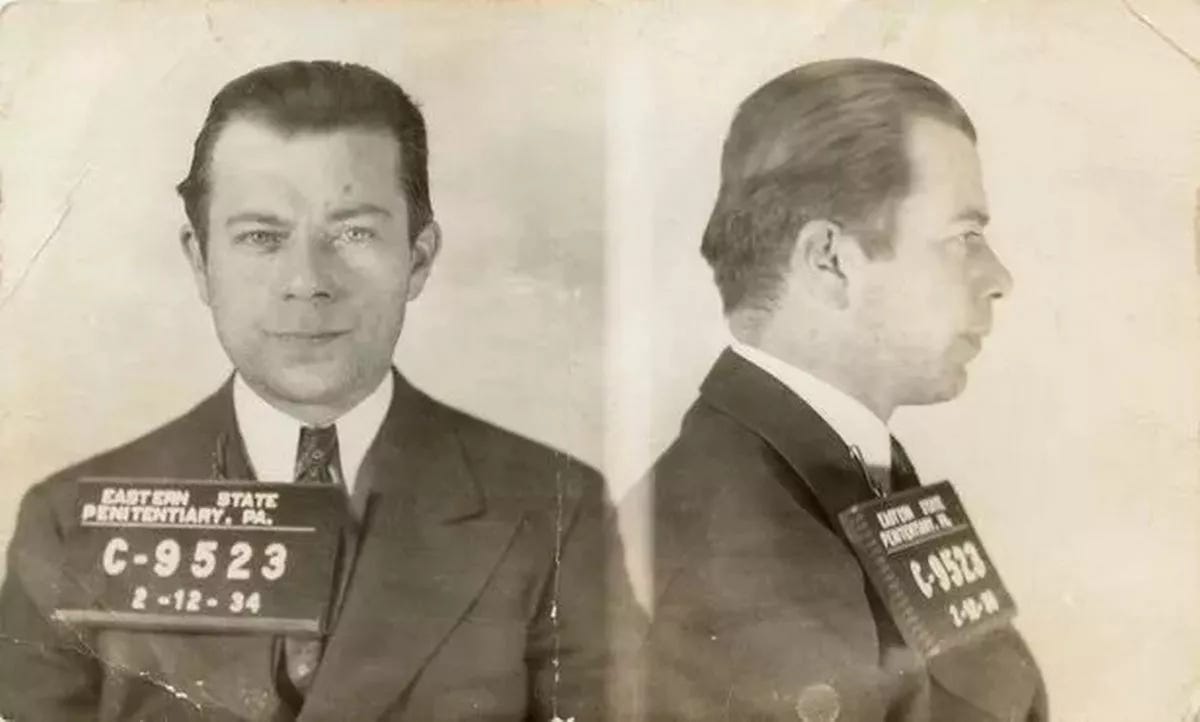The Daring Escapes of "Gentleman" Bank Robber "Slick" Willie Sutton
Known as much for his daring prison escapes as his intricate bank robberies, "Slick" Willie Sutton was nothing if not resourceful. His infamous jailbreaks became the stuff of legends
Background
During his lifetime, William Francis “Slick Willie” Sutton Jr. was known for two things: robbing banks and breaking out of jail. Widely regarded as a good-natured “Gentleman Bandit,” Sutton was also notorious for his elaborate disguises when planning and executing a robbery.
Born in Brooklyn, New York, on June 30, 1901, Sutton was the fourth of five children raised in an Irish Catholic family. Sutton’s formal education lasted until about the 8th grade. His longest tenure at a legal job was just eighteen months.
Sutton began his criminal career during the mid-1920s. Starting off as a safecracker, Willie soon graduated to bank robbery around 1930.
“Gentleman Bank Robber”
Sutton always remained polite and charming and never hurt anyone during a robbery. He would use either a pistol or a Thompson submachine gun (always unloaded) he would later say that using a loaded gun wasn’t his style because “Someone could get hurt.”
Legend has it that Willie would not rob a bank if a woman screamed or a baby cried.
He would become a prolific bank robber utilizing a variety of disguises, including a police officer, Western Union employee, window washer, and maintenance man. It was from this that his other nickname, “The Actor,” was derived.
After one of Sutton’s many arrests, the detective who locked him up remarked that Sutton was “the nicest crook he ever locked up.”
Escapes
In June 1931, Sutton was sentenced to 30 years in prison for assault and robbery.
Willie did not have to worry about his safety in prison as his charming and good-natured personality, as well as respect within the underworld, made him popular with many powerful individuals who had connections to organized crime.
The inmates respected the way he conducted himself and the fact that he did not target civilians during his robberies.
On December 11, 1932, Sutton managed to escape from New York’s Sing Sing Prison by taking a guard hostage using a smuggled gun. He was then able to secure a high ladder and scale the prison’s 30-foot walls.
While free, Sutton attempted to rob the Corn Exchange Bank and Trust Company in Philadelphia in February 1933.
Sutton did manage to pull off several robberies while on the run and evaded capture until February 1934, when he was arrested and sentenced to 25 to 50 years in Philadelphia’s Eastern State Penitentiary for the Corn Exchange bank robbery.
Though it was opened in 1829, Eastern State Penitentiary has been referred to as one of the first “modern prisons” for its structure and design. However, it had long had a reputation as a miserable place to do time.
At the time of the 1945 escape, Sutton had already attempted to escape at least five times.






